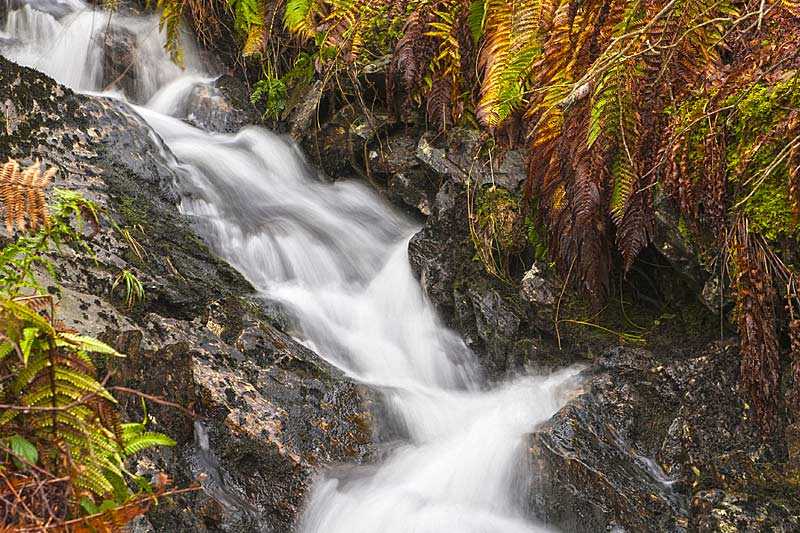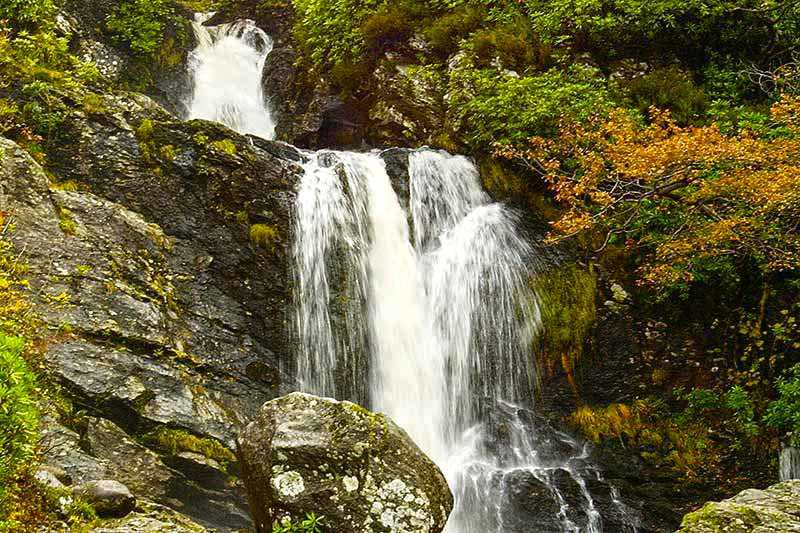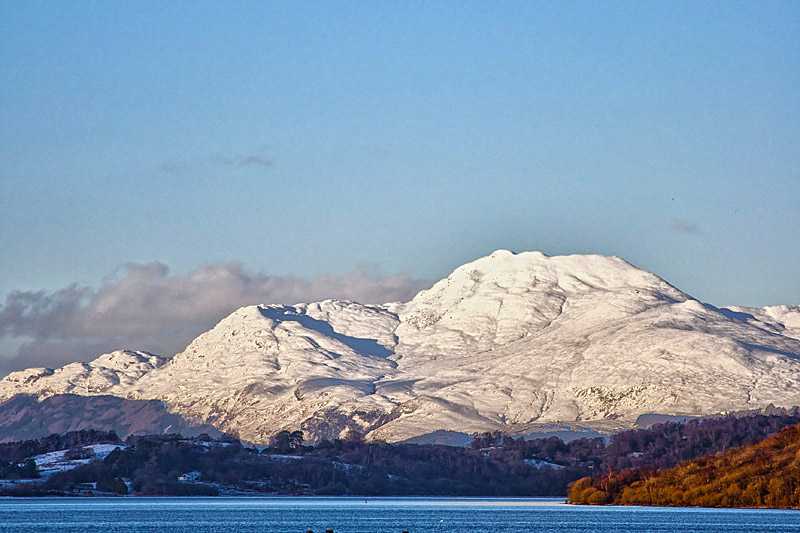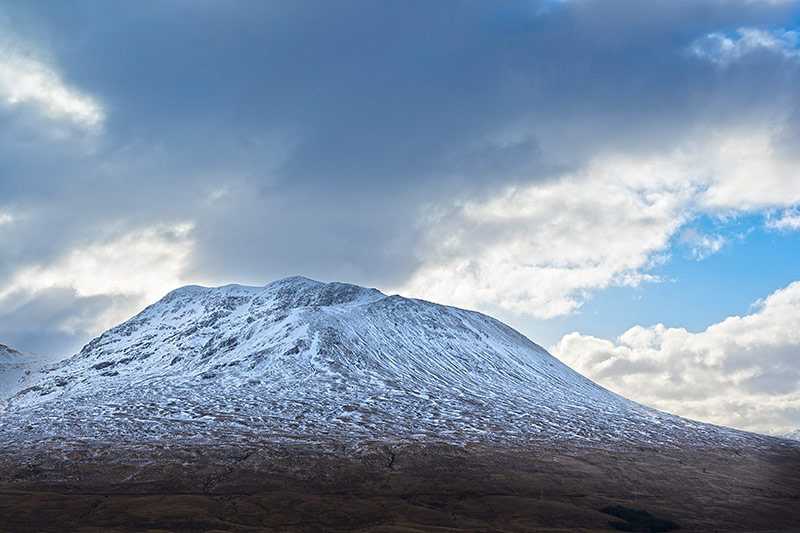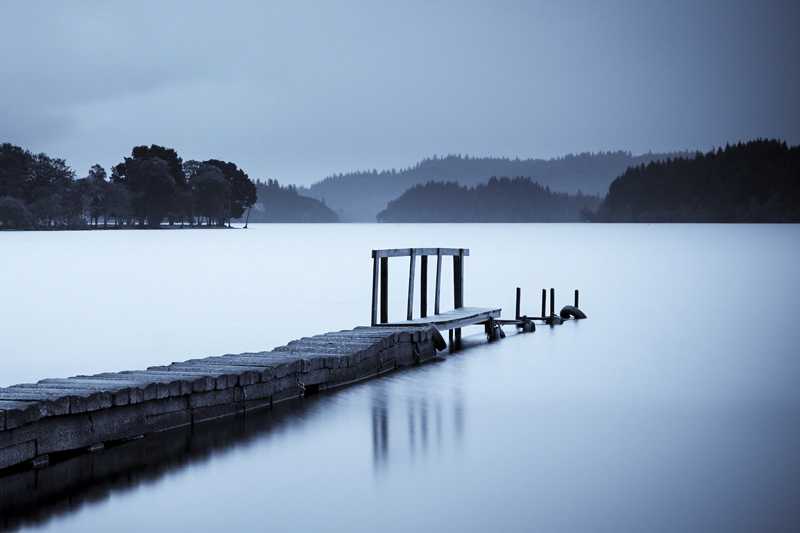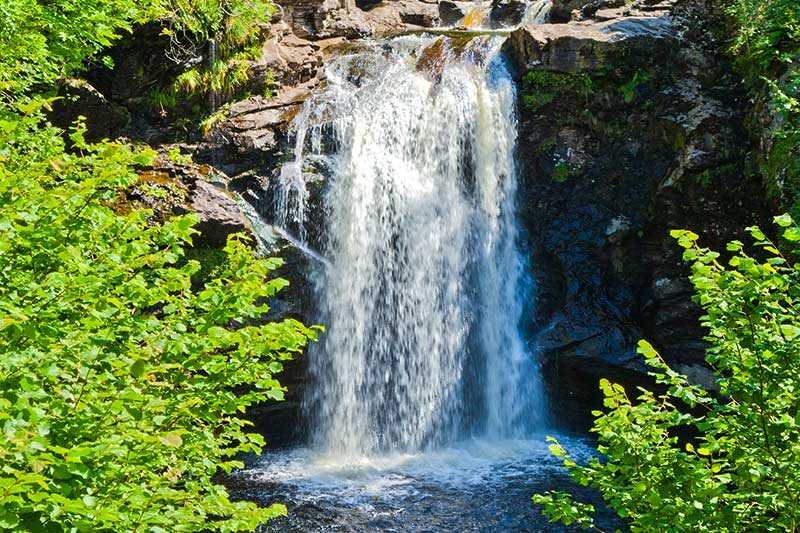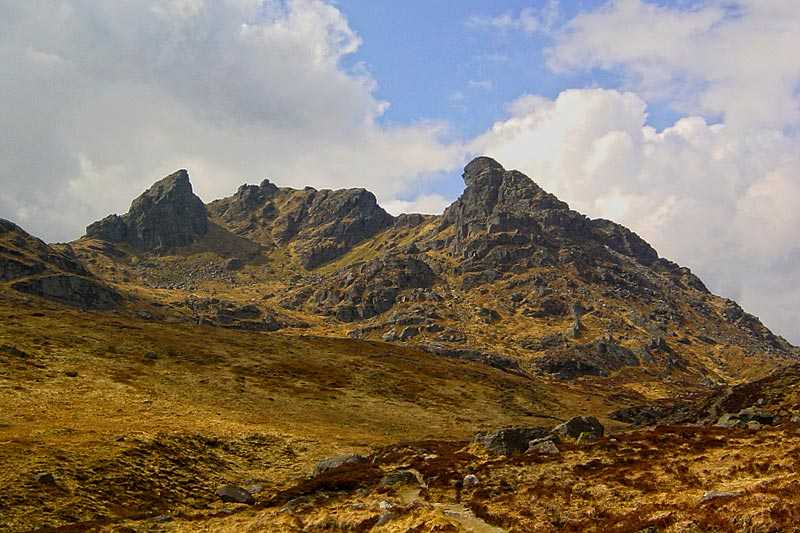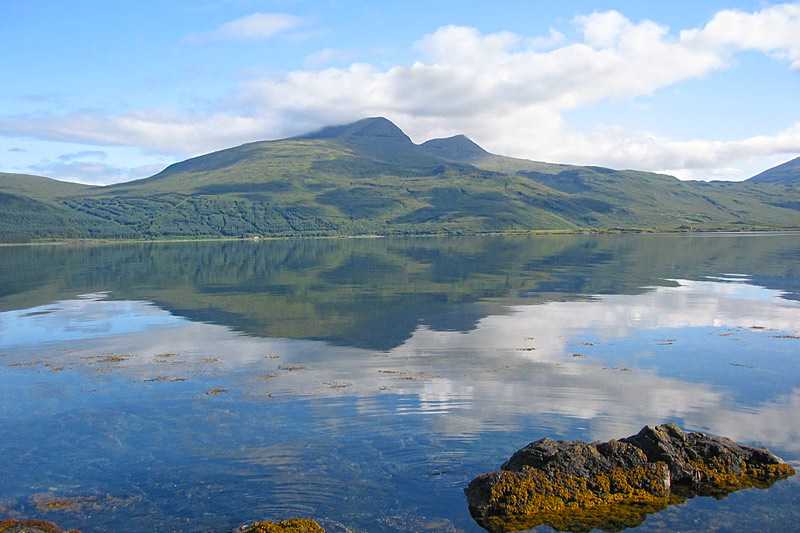Loch Lomond and The Trossachs National Park
About Loch Lomond and The Trossachs National Park
In 2002, Loch Lomond and The Trossachs National Park was the first of the only two National Parks to be established in Scotland. It is th...
About Loch Lomond and The Trossachs National Park
In 2002, Loch Lomond and The Trossachs National Park was the first of the only two National Parks to be established in Scotland. It is the fourth largest Park in the British Isles, covering an area of 1,865 km2 (720 sq mi). The Park centres on Loch Lomond, the largest lake in Great Britain by surface area, and features several hill ran...
Things to do near Loch Lomond and The Trossachs National Park
Attractions near Loch Lomond and The Trossachs National Park
Activities
About Loch Lomond and The Trossachs National Park
About Loch Lomond and The Trossachs National Park
In 2002, Loch Lomond and The Trossachs National Park was the first of the only two National Parks to be established in Scotland. It is the fourth largest Park in the British Isles, covering an area of 1,865 km2 (720 sq mi). The Park centres on Loch Lomond, the largest lake in Great Britain by surface area, and features several hill ranges, including the wooded valleys of the Trossachs.
Landscape & Wildlife
The landscape of Loch Lomond and The Trossachs National Park is a striking contrast of mountains, valleys, lochs, rivers and forests. Many species of bird are resident in the Park, including birds of prey and capercaillie. Populations of wild deer, badgers, hedgehogs and bats also make up some of the diverse wildlife in the Park.
Attractions
The primary attraction of Loch Lomond and The Trossachs National Park is the breathtaking and tranquil scenery. Thousands of people visit every year and activities range from outdoor pursuits such as walking, cycling, mountaineering and golf to attractions such as an aquarium and the iconic Whisky Lovers Trail. The park features 21 munros (mountains over 3,000 feet), the highest of which is Ben More at an elevation of 3,852ft (1,174m); and hiking and walking for all abilities and tastes. The many scenic lochs in the Park provide opportunities for fishing, water sports and boat tours. On Loch Katrine, visitors can travel on the historic SS Sir Walter Scott, a small steamship that has been in service for over a century.
With over 5,000 years of occupation, the area is steeped in history and many archaeological monuments and historical sites document its rich past. Classic sites include Stirling Castle, an impressive-looking and historically important castle, The National Wallace Monument commemorating William ‘Braveheart’ Wallace, and a section of the Antonine Wall built by the Romans in AD 142-154.

